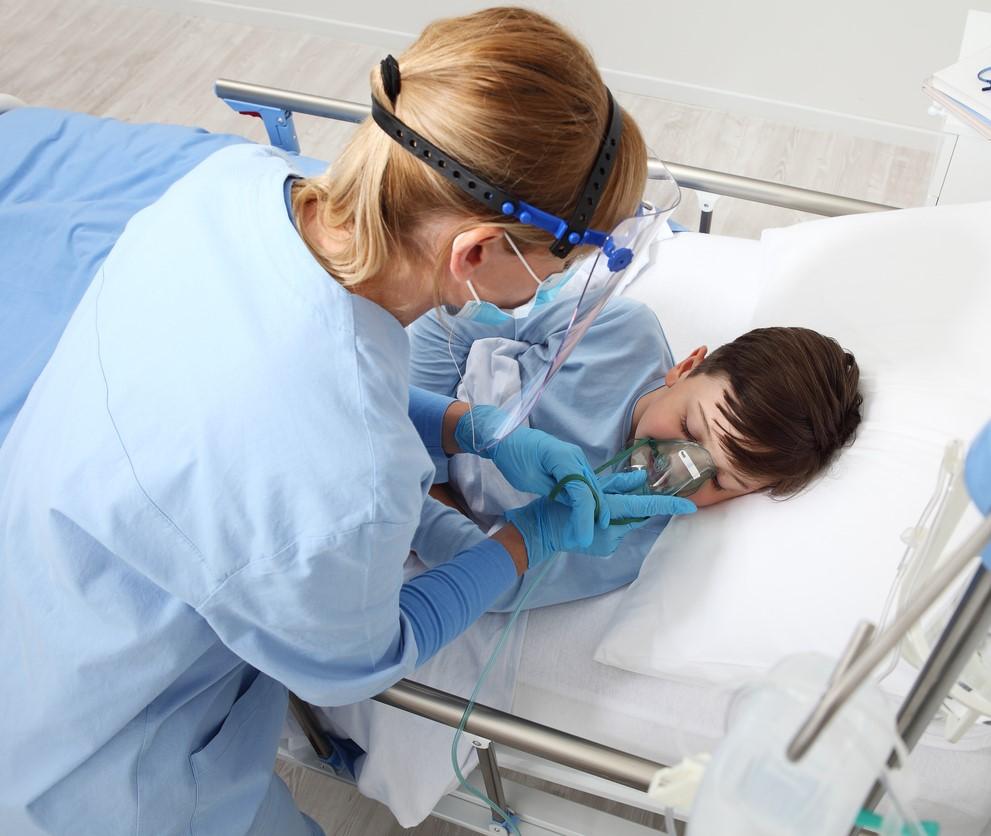Flu activity remains elevated in many parts of the Northern Hemisphere, though detections have declined at the global level, the World Health Organization (WHO) said in its latest update, which roughly covers the last week of January and the first days of February.

Hot spots include parts of Europe and Central Asia, with very high activity reported from Russia and Slovakia. The 2009 H1N1 virus is dominant, and hospitalizations are elevated but stable. In North America, flu levels are still elevated, with slight influenza B rises in the United States and Canada.
China's flu activity is elevated but declining in both the northern and southern provinces, with most detections involving influenza B. Hong Kong's flu hospitalizations are still above the seasonal threshold.
Upward trend in South East Asia
South East Asia's flu activity showed an overall increase, especially in Malaysia, Singapore, and Thailand. In Western Asia, flu activity rose in Armenia, Georgia, Israel, and Turkey. Flu remained stable in parts of tropical Asia, but with rises in the Maldives and Nepal.
In Africa, flu detections rose in some western nations, including Mauritania and Niger, and rose slightly in Cameroon.
Globally, of respiratory samples that were positive for flu at national flu labs during the reporting period, 78.9% were influenza A, and of subtyped influenza A viruses, 54.8% were H3N2. All influenza B viruses belonged to the Victoria lineage.













